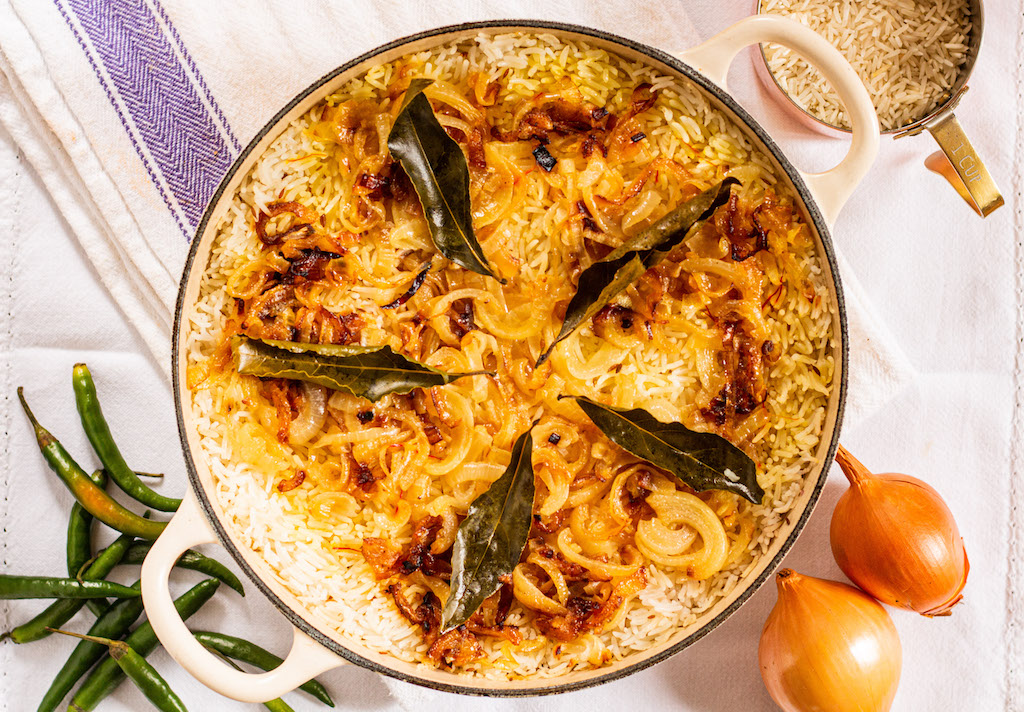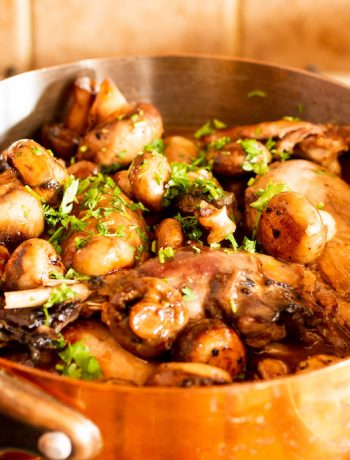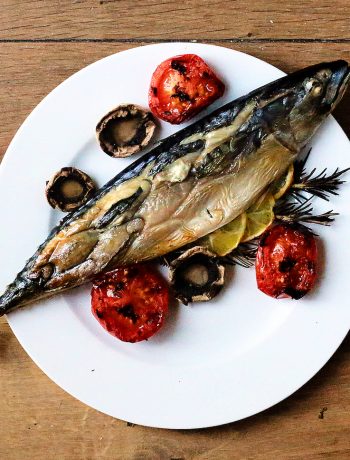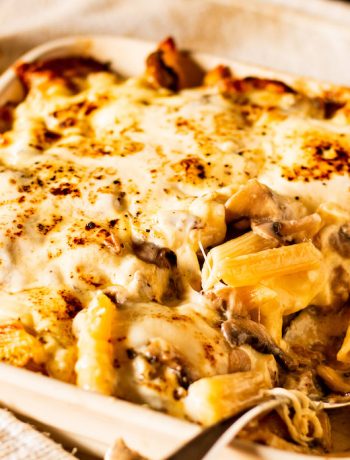Biryani is a one-pot dish of rice, meat and spices that is characteristic of all areas of India with the possible exception of Andhra Pradesh. Rice is produced all over India, so it is not surprising that almost every corner of the country has a version of biryani. When this level of ubiquity is evident in a foodstuff, it naturally follows that finding the origin of it is next door to impossible. Reading around the various resources on the history biryani, the following theories bubble to the surface:
- It is Persian. The greatest body of evidence suggests that the biryani is solidly Persian. At its greatest extent, the Mughal empire extended all the way to Afghanistan, which brings it into kissing contact with the eastern border of the far older Persian Empire. Recipes were swapped, and the biryani went viral all over the area now occupied by modern India. Scholars point to the Persian term ‘birinj biriyan,’ which means ‘fried rice.’ The Persian dish of this name follows exactly the method of slow cooking a modern Indian biryani. According to Salma Hussein of Cairo University, the dish has evolved further in modern Iran, and has managed to eliminate the rice, replacing it with a roti wrap – their loss, I guess.
- It is Mongol. There is a military theory in which Turco-Molgol conqueror Amir Timur fed his army on something a lot like a biryani while nibbling a the frontiers of India in 1398. This dish was placed in an earthenware pot, buried in the ground with embers, and dug up when cooked. The BBC has suggested that there is no evidence of Mongol intervention in the biryani – instead, they suggest that it leached over the border with noblemen and statesmen negotiating and conversing with the Persians (see point 1 above). Certainly, there will have been plenty of cross-border traffic between Persia and Mughal before 1398, so the biryani probably did not need a Mongol catalyst. The contact between Timur and Persia was so great that the Mongols probably acquired the dish from the Persians and found that it was already in India when they invaded the Dehli Sultanate.
- It is from Southern India. Rice is a major part of the southern Indian diet. Arabs trading by sea in medieval times brought their one-pot pilaf recipes with them. This was snapped up by Indian army units who needed one-pot meals in the field. Tamil literature indicates the presence of rice-based dishes in the region in 2AD. But, pilaf still exists in India, and it is not the same thing as a biryani.
- It is both 1 and 3. Biryani expert Vishwanath Shenoy suggests that biryani came to India from both the north and the south, met in the middle and became the modern, one-pot dish of rice, spice and meat (optional) we know today.

probably died with a belly full of biryani
There are many different kinds of biryani, but most people agree that the de facto home of the biryani is Hyderabad in the central Telangana state of India. Choosing to focus on Hyderabad narrows the basic styles of biryani to two different cooking methods. Firstly, we have ‘pakki‘ style in which meat is cooked off before being cooked slowly (‘dum‘) with the rice. Secondly, there is the more traditional ‘kacchi‘ biryani where the dish is built with raw meat and also cooked dum.
The recipe given here is for the second of these styles and uses chicken (‘murgh‘) as the meat. Therefore, we have a kacchi murgh biryani. Sadly, we are not able to accurately credit our recipe to its originator. This is because the recipe occurs on two different recipe sites where both authors claim it as their own. All we can say is that both these writers are from Hyderabad, so we can be sure that the biryani given here is is authentic.
For planning it pays to know that this method involves:
- A long marinade (6h)
- Pre-softening the rice (2h)
- Final combined oven cook. (30 mins)
Kacchi murgh biryani
Ingredients
- For the biryani masala:
- 4 pieces of cinnamon stick
- 3 cardamom pods
- 10 cloves
- 1 tsp black peppercorns
- 2 pieces of mace
- 1 star anise
- 3–4 bay leaves
- 1 tsp cumin seeds
- 1 tsp fennel seeds
- For the marinade:
- 8 boneless chicken thighs, cubed
- 4 medium onions, sliced
- 1 tbsp butter
- 2 tbsp biryani masala (see above)
- 1 tbsp coriander powder
- 1 tsp chili powder
- Half tsp cumin powder
- Quarter tsp turmeric powder
- 2 tbsp ginger garlic paste
- 150ml yogurt
- 20 small whole green chilies, or 4 larger ones sliced
- Handful of fresh coriander, chopped
- Handful of fresh mint, chopped
- Juice of 1 lime
- 3 tbsp groundnut oil
- Pinch of sea salt
- For the rice:
- 400g basmati rice
- 3 tbsp oil
- 1 tsp cumin seeds
- 1 bay leaf
- Salt
- To assemble:
- 100ml milk
- Pinch of saffron
- 100ml rose water (see notes)
- Handful of coriander leaves, finely chopped
- Handful of fried onions
- 3 tbsp ghee
Instructions
For the marinade:
Make the masala by grinding all the ingredients together. Fry the onions in the butter until golden. Then, combine all the marinade ingredients with half the onions and chicken and leave covered in the fridge for 6–8 hours. Keep back half the onions for later.
Meanwhile:
While the marinade is on, add the saffron to the milk, heat it and allow it to cool for half an hour.
Soak the rice in water for 2 hours. Bring a large pot of water (4 times the vogue of the rice) to a boil. Add plenty of salt, the oil, cumin seeds and bay leaves. Boil the rice in the seasoned water for just 4 mins. Drain.
Take the chicken and its marinade out of the fridge a few minutes before you start cooking.
To cook:
Heat an oven to 190˚C.
Layer the biryani by putting all the meat and its marinade in the bottom of a beach casserole or Dutch oven. Layer the rice on top and pat down. Pour the saffron milk and rose water over. Layer on the reserved onions and chopped coriander. Pour over the ghee. Cover with a tight lid.
Begin cooking by heating the pot over a medium–high heat for 15 mins.
Transfer to the oven and cook for a further 30 mins. Remove to the countertop and rest, lid on for 10 mins. Serve directly from the pot.
Notes
Rose water is made by mixing rose petals with water in about a 1:1 v:v ratio, bringing to the boil, cooling, straining and jar.






2 Comments
Anner M. Whitehead
28/05/2022 at 5:31 pmWould you kindly clarify how much meat to use? I don’t see it listed in the ingredients. Did I simply miss it in the essay? Am I correct in assuming that for eight I need about six chicken thighs chopped into quarers or thirds?
Nigel Eastmond
28/05/2022 at 8:14 pmOops. That is fixed. 8 thighs chopped up.